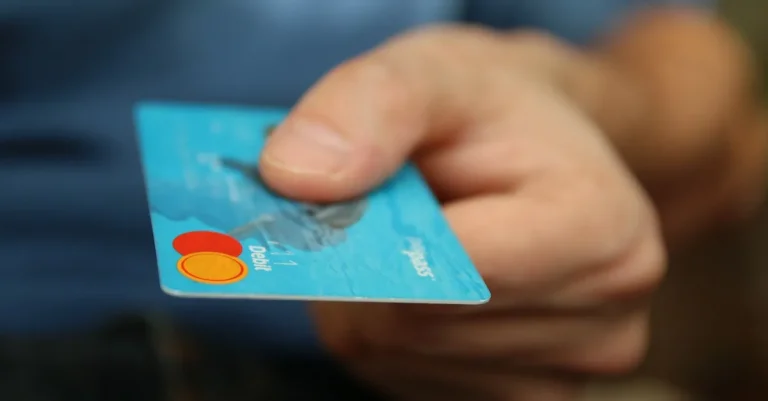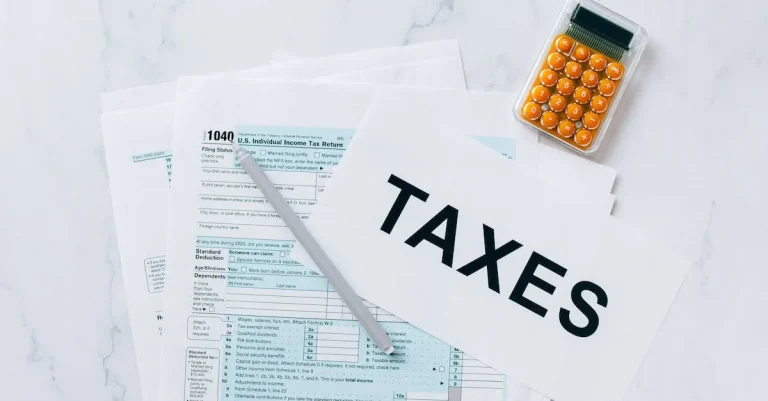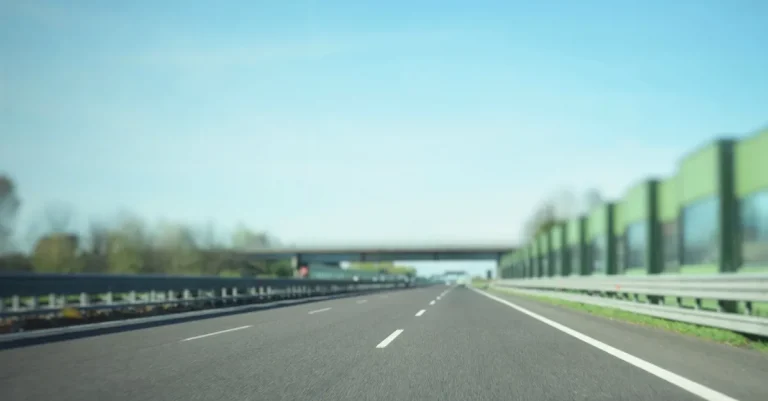Driving Hand Signals In California: A Comprehensive Guide
Driving on the road can be chaotic at times, with drivers needing to quickly communicate their next moves to others around them. Hand signals are an essential part of safe driving, allowing you to indicate turns, stops, and more without causing confusion. If you’re preparing for your behind-the-wheel test or simply brushing up on proper hand signal techniques, this comprehensive guide has everything you need to know about using hand signals while driving in California.
If you’re short on time, here’s a quick answer: The main hand signals drivers should know in California are turning (left or right), stopping or slowing down, and emergency hazards. Proper hand signal techniques involve extending your arm straight out the window, angling up for right turns, down for left turns, and straight horizontal for stops. Always check mirrors and blind spots before signaling your next move.
Common Hand Signals Used in California
Turning Left or Right
When it comes to turning left or right, hand signals can be incredibly helpful in ensuring clear communication on the road. In California, if your vehicle doesn’t have functioning turn signals, you are required by law to use hand signals instead.
To signal a left turn, simply extend your left arm out of the window horizontally with your palm facing forward. For a right turn, extend your left arm out of the window and bend it upward at a 90-degree angle.
These hand signals are universally recognized and can help other drivers, pedestrians, and cyclists understand your intentions.
Stopping or Slowing Down
In situations where you need to stop or slow down, it’s important to use the appropriate hand signals to alert others on the road. To signal a stop, extend your left arm out of the window with your palm facing downward.
This gesture indicates that you are coming to a complete stop and allows those around you to react accordingly. If you need to signal a slow down, extend your left arm out of the window and point your palm downward, then move your arm up and down in a repeated motion.
This hand signal communicates that you are slowing down and helps others adjust their speed accordingly.
Hazard Lights
Hazard lights are a crucial way to communicate potential danger or a breakdown to other drivers on the road. In California, using hand signals to indicate hazard lights is not required, as vehicles are equipped with hazard light controls.
However, in situations where your hazard lights are not functioning, knowing the hand signal can be helpful. To signal hazard lights, extend your left arm out of the window and move it rapidly up and down.
This motion mimics the blinking of hazard lights and alerts others to exercise caution when approaching your vehicle.
Remember, using hand signals in California is not only a legal requirement when turn signals are not functioning, but it is also a safety measure that can prevent accidents and confusion on the road. It’s important to practice these hand signals and use them confidently to ensure clear communication with other drivers, pedestrians, and cyclists.
Proper Hand Signal Techniques
When it comes to driving, communication is key. Properly signaling your intentions to other drivers is essential for maintaining safety on the road. While modern vehicles are equipped with turn signals, there may be times when they malfunction or become difficult to see.
This is where hand signals come in handy. In California, it is important to understand and use proper hand signal techniques to ensure clear communication with other drivers.
Extend Your Arm Fully
One of the most important aspects of using hand signals is extending your arm fully. When making a left turn, extend your left arm straight out of the window. This communicates to other drivers that you intend to turn left.
Similarly, when making a right turn, extend your left arm out and point your hand upward, forming an “L” shape. This indicates your intention to turn right.
Angle Arm Correctly
Another crucial aspect of hand signals is angling your arm correctly. When signaling a stop or a decrease in speed, extend your left arm out of the window and point your hand downward, forming a downward-facing palm. This signals to other drivers that you are slowing down or coming to a stop.
It is important to note that this hand signal is not commonly used in modern times, as most vehicles are equipped with brake lights. However, it is still important to know and use this hand signal when necessary.
Check Before Signaling
Before signaling with your hand, always make sure to check your surroundings. Look in your rearview and side mirrors to ensure that there are no vehicles or obstacles that may prevent other drivers from seeing your hand signals.
Additionally, check for any pedestrians or cyclists who may be sharing the road with you. By taking a quick look around, you can ensure that your hand signals will be effective and understood by others.
When to Use Hand Signals in California
Hand signals are an important part of driving in California. While most drivers rely on their vehicle’s turn signals and brake lights, there are situations where hand signals are necessary. Understanding when to use hand signals can help ensure safety on the road and avoid confusion among other drivers.
Signaling Turns
Hand signals should be used to indicate turns when the vehicle’s turn signals are not functioning properly or are not visible to other drivers. To signal a left turn, extend the left arm horizontally out of the driver’s side window.
To signal a right turn, extend the left arm and hand upward, with the elbow bent at a 90-degree angle. It is important to hold the hand signal for a sufficient amount of time to allow other drivers to see and react to the signal.
Indicating Stops
Hand signals are also used to indicate stops when the vehicle’s brake lights are not working. To signal a stop or a decrease in speed, extend the left arm and hand downward, with the palm facing to the rear. This signal should be held until the vehicle comes to a complete stop.
It is crucial to use this hand signal in situations where the brake lights are not functioning properly, as it alerts other drivers to your intentions.
Parking and Pulling Over
In certain situations, hand signals can be used when parking or pulling over. When parallel parking, drivers may use hand signals to indicate their intention to other drivers. To signal that you are going to parallel park on the right side of the road, extend the left arm and hand horizontally out of the driver’s side window.
To signal that you are going to parallel park on the left side of the road, extend the right arm and hand horizontally out of the passenger’s side window.
Warning Other Drivers
Hand signals can also be used to warn other drivers of potential hazards or dangers on the road. For example, if there is an obstacle ahead, such as debris or an animal crossing, you can use a waving motion with your hand to signal to other drivers to proceed with caution.
This can help prevent accidents and ensure the safety of everyone on the road.
It is important to remember that hand signals should only be used when necessary, such as when the vehicle’s turn signals or brake lights are not functioning properly. It is always recommended to ensure that your vehicle’s lights are in proper working order to avoid confusion and potential accidents.
Additionally, hand signals should be used in conjunction with other traffic signals and signs to ensure clear communication with other drivers.
For more information on hand signals and other driving regulations in California, you can visit the official website of the California Department of Motor Vehicles at https://www.dmv.ca.gov/.
Hand Signals for Bicyclists
Left and Right Turns
One of the most important hand signals for bicyclists is indicating a left or right turn. When a cyclist wants to turn left, they should extend their left arm straight out to the side. Similarly, when they want to turn right, they should extend their right arm straight out to the side.
These hand signals are crucial for letting other road users know the intentions of the cyclist and help to ensure a safe and efficient flow of traffic.
Stopping
When a cyclist needs to come to a stop, they can use a hand signal to indicate their intention. To signal stopping, the cyclist should extend their left arm straight out to the side, with their palm facing down.
This signal is an important way for cyclists to communicate their actions to drivers and pedestrians, helping to prevent accidents and promote awareness on the road.
Hazard
In addition to signaling turns and stops, bicyclists can also use hand signals to indicate hazards on the road. If a cyclist encounters a pothole, debris, or any other dangerous condition, they can extend their left arm out to the side and point towards the hazard.
This signal is an effective way to alert other road users of the potential danger ahead, allowing them to adjust their speed or position accordingly.
It’s worth noting that while hand signals are an important part of cycling safety, they may not be required by law in all states. However, they are highly recommended and widely recognized as a best practice for communicating with other road users.
By using hand signals effectively, bicyclists can enhance their own safety and contribute to a more harmonious sharing of the road.
Using Hand Signals at Intersections
Hand signals play a crucial role in ensuring the safety of both drivers and pedestrians at intersections. In California, where traffic can be heavy and unpredictable, it is important to understand how to use hand signals effectively.
This comprehensive guide will provide you with the necessary information on using hand signals at different types of intersections.
Multi-Lane Turns
When making a multi-lane turn at an intersection, hand signals become especially important for indicating your intended direction. To signal a right turn, extend your left arm out of the window and point your hand upward.
Conversely, if you plan on making a left turn, extend your left arm horizontally out of the window. These hand signals help other drivers and pedestrians understand your intentions and can prevent accidents.
Roundabouts
Roundabouts are becoming increasingly popular in California as a way to improve traffic flow and reduce congestion. When approaching a roundabout, it is essential to communicate your intentions using hand signals.
If you plan on exiting the roundabout by turning right, extend your left arm out of the window and point your hand right. If you intend to continue straight or take any other exit, simply keep both hands on the steering wheel.
By using hand signals at roundabouts, you can ensure that other drivers are aware of your intended movements and prevent confusion.
Changing Lanes
Hand signals can also be used when changing lanes at intersections. To signal your intention to change lanes to the right, extend your left arm out of the window and point your hand right. Similarly, to indicate a lane change to the left, extend your left arm horizontally out of the window.
These hand signals provide clear visual cues to other drivers, allowing them to anticipate your movements and adjust their driving accordingly.
It’s important to note that while hand signals are a useful tool for communication on the road, they should not replace the use of turn signals on your vehicle. Always use your vehicle’s turn signals in conjunction with hand signals to ensure maximum visibility and safety.
For more information on hand signals and other driving regulations in California, you can visit the California Department of Motor Vehicles website.
Conclusion
Using proper hand signals while driving is not only a legal requirement in most states, but also promotes safety on the road. Following the guidelines outlined here will ensure you’re effectively communicating your next moves to fellow drivers in California. Remember to signal early, use the correct arm motions, and double check your surroundings first. With practice, hand signals will become second nature and help avoid dangerous confusion. Drive safely out there!








